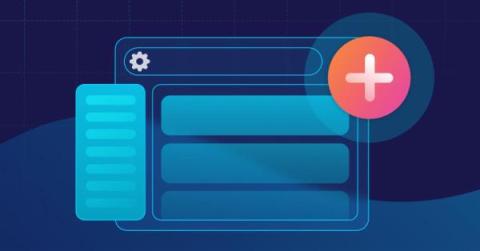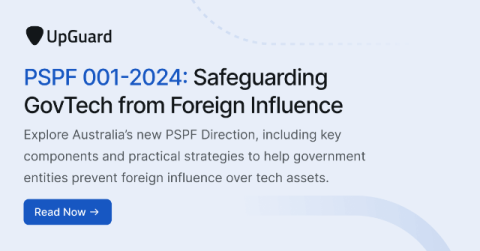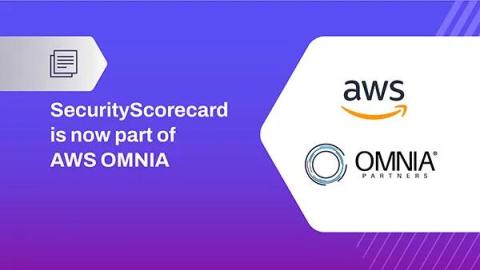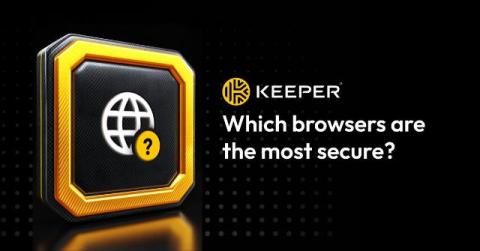Vulnerabilities in NodeJS C/C++ add-on extensions
One of the main goals of this research was to explore C/C++ vulnerabilities in the context of NodeJS npm packages. The focus will be on exploring and identifying classic vulnerabilities like Buffer Overflow, Denial of Service (process crash, unchecked types), and Memory Leakages in the context of NodeJS C/C++ addons and modeling relevant sources, sinks, and sanitizers using Snyk Code (see Snyk brings developer-first AppSec approach to C/C++).











